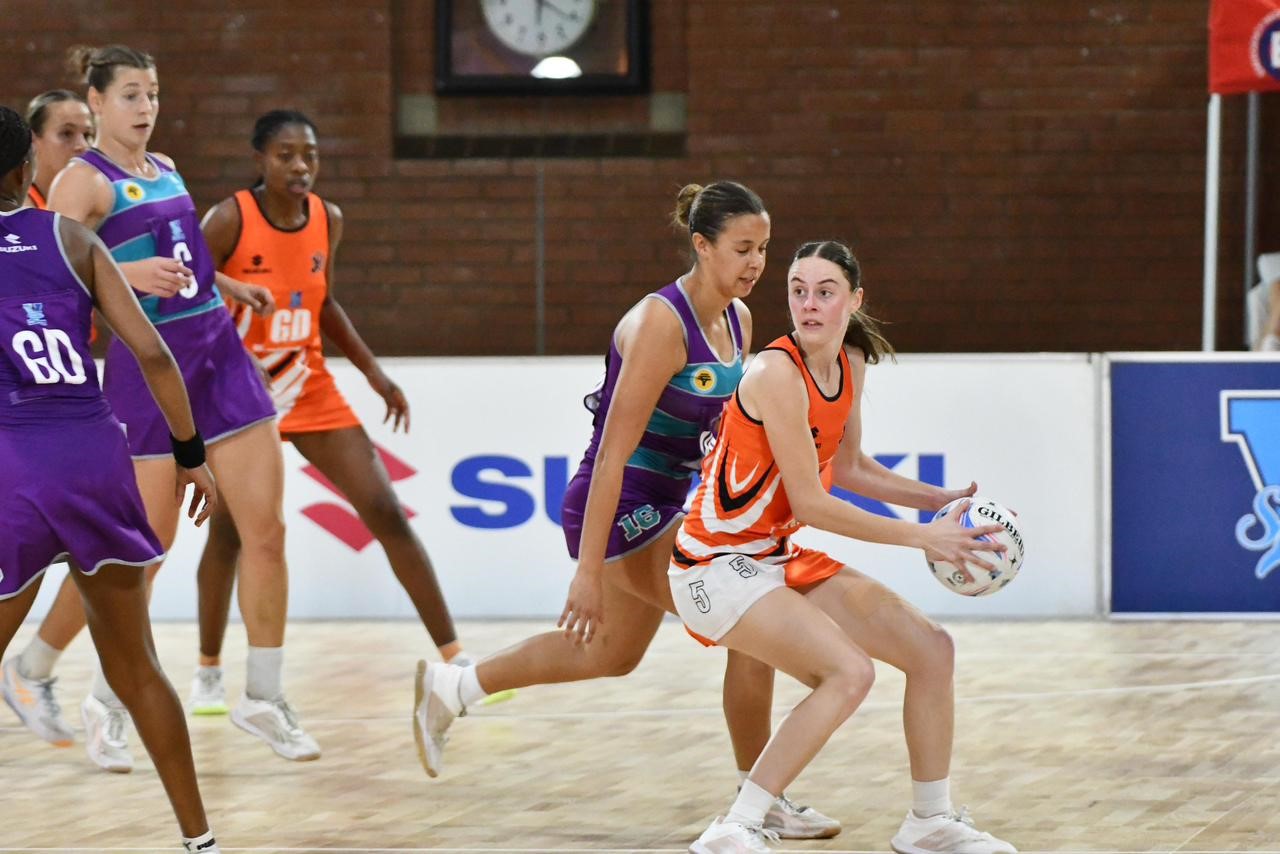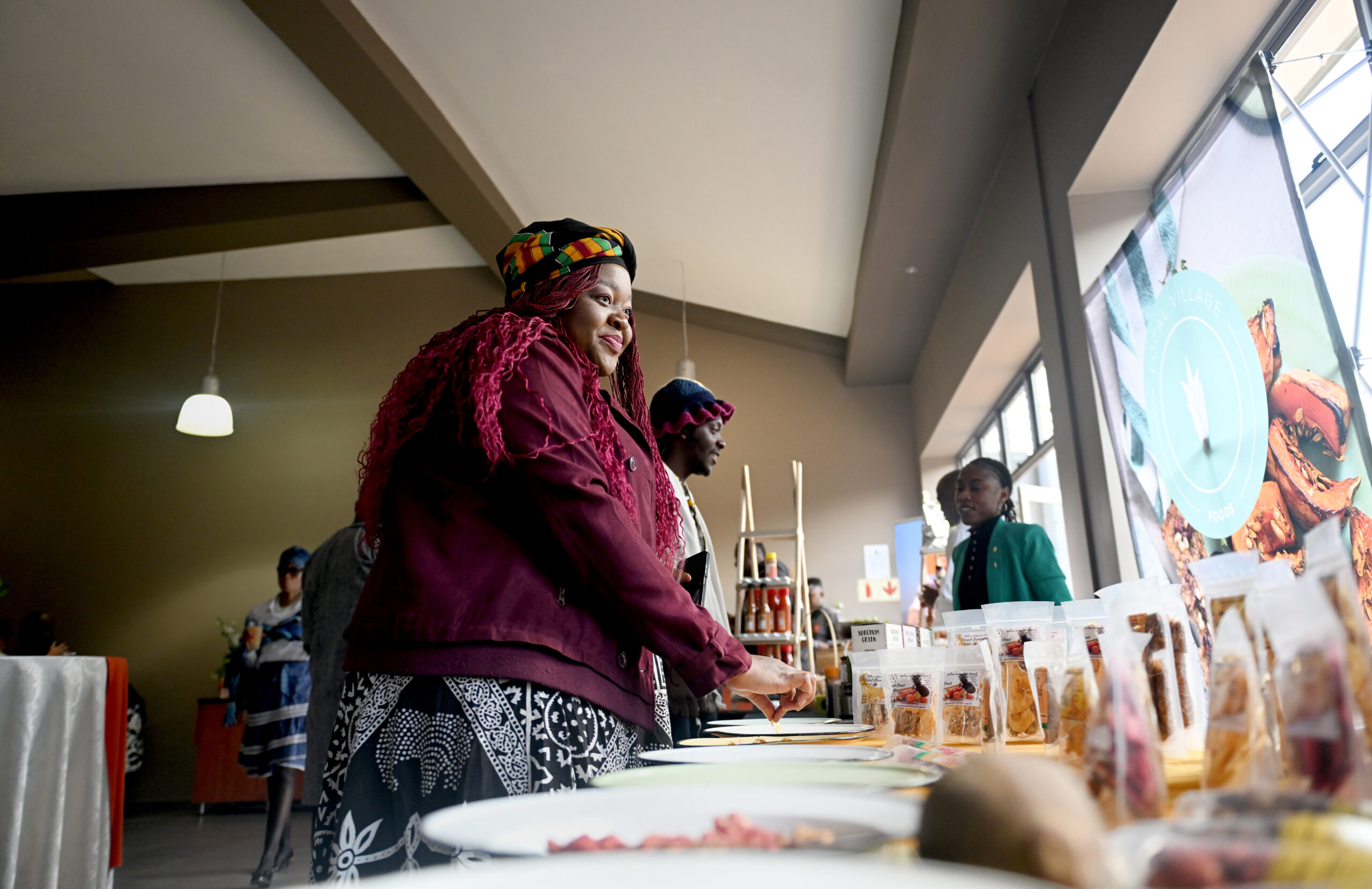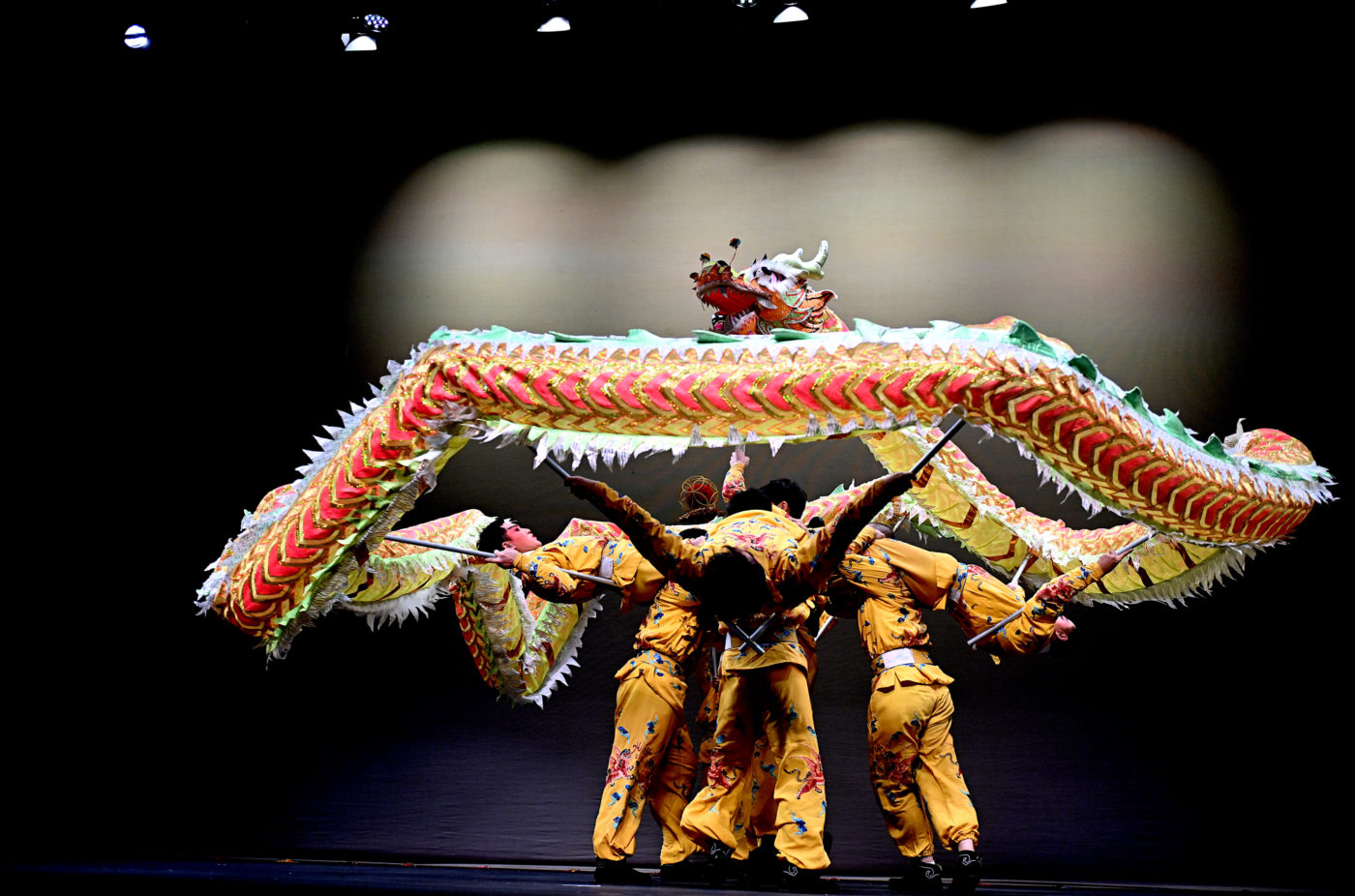Professorial Inaugural address: Brenda Schmahmann
Since the demise of the Soviet Union, huge sculptures of Lenin or Stalin have been toppled from their pedestals and ended up in various sculpture parks that were established to contain them. But, until recently, South Africa had not seen this kind of response to art works that are bound up with ideologies that have fallen out of favour. In the immediate post-apartheid context, where the focus was on reconciliation, it was instead felt that different cultural groupings should each be granted opportunities for people and incidents pertinent to their histories and identities to be commemorated in the public domain.
Brenda Schmahmann, a Professor with a research specialisation and, from 2016, the NRF Research Chair in South African Art and Visual Culture, points out that universities may have sometimes removed or relocated small artworks. But in keeping with the approach in the national arena had tended to leave alone large sculptures and monuments. She points out that a notable departure from this approach occurred at the University of Cape Town (UCT) in April 2015 when, following protests, the institution’s Council ratified a decision by its Senate to permanently remove from campus Marion Walgate’s large and imposing sculpture of Cecil John Rhodes. Prof Schmahmann suggests that, while this may well have been the only feasible step the university could have taken in the context of a protest that was rapidly escalating in scale and intensity, the removal of objects is not an ideal strategy to be followed under less pressing circumstances.



